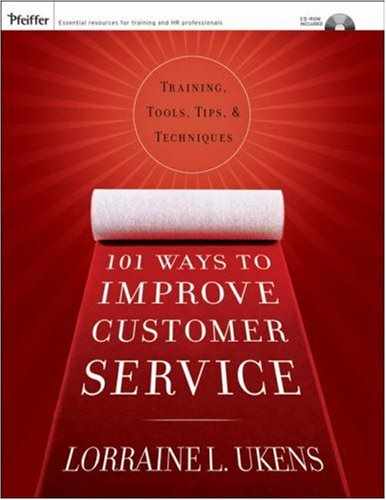Goal

To explore how individual perception influences expected outcomes and results. Participants will create endings to prescribed situations.
Introduce the session by stating that the individual perception of events can influence the expected outcomes or results of various situations.
Ask the following question and facilitate a group discussion:
What factors affect the way in which we view the world? (personal values, education, religious beliefs, family upbringing, economic status, personality, maturity level, relationships with others, emotional state, current events)
Explain that this unique view of the world characterizes an individual’s perception. The way in which we perceive things and events, in turn, influences how we make observations and anticipate or judge outcomes. A simplified example of this is for one person who sees someone running down the street to assume that she is running toward something (catching a bus) and another person to assume that the individual is running away from something (fleeing a robbery).
Explain that the participants will have the opportunity to examine their own perceptions of events and then compare them with those of other participants.
Distribute one copy of the worksheet and a pencil to each participant. Direct the participants to complete the sheet by creating endings for the situations given.
Allow approximately 10 minutes for completion of the task, giving a 2-minute warning before time expires.
Form subgroups of three to five persons each. Ask members of the subgroups to discuss their endings for the situations.
Allow approximately 10 minutes for discussion, then ask for examples of endings for each situation in turn.
Facilitate a large group discussion by asking the following questions:
Directions: Write an ending for each situation presented below.
|
|
|
|
|

